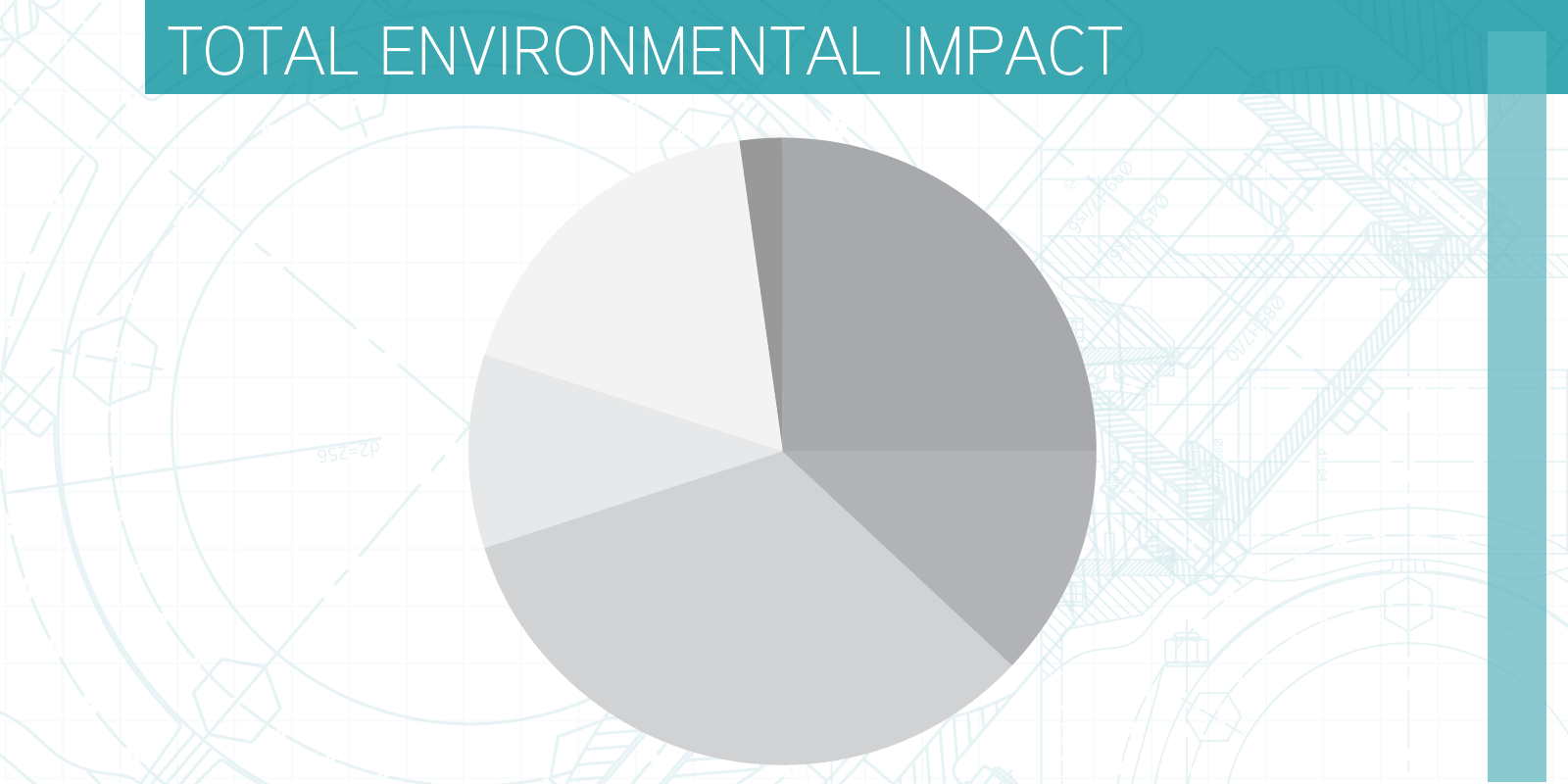Europe, Middle East, Africa (EMEA)
Asia Pacific (APAC)
Americas (AM)
- Automated Mailer Bags and Pouches
- Bubble Bags
- Bubble Bundles
- Fabricated Foams
- Flooring Underlayment
- Korrvu® Suspension and Retention
- Mailers
- On-Demand Inflatables
- Paper Void Fill Solutions
- Paper Wrapping Solutions
- Recycled Bubble
- Shrink Films
- Surface Protection Foams
- Temperature Assurance Bags and PUR
- Advanced Customer Training
- AUTOBAG® Product Resource Library
- AutoLabel Software Tools and Support
- Customer Service
- Custom Bagging Machine Applications
- Custom Engineering and Integrated Systems
- Factory Service Repair Center
- Field Service and Preventive Maintenance
- Financing and Payment Options
- Graphics, Art & Imaging for Custom Branded Bag Packaging
- Systems Advantage: The Total Systems Approach to Bag Packaging
- Technical Phone Support

The True Cost of Damage
The Environmental Impact of Damaged Products
Understanding Packaging's Role in Environmental Impact
The total environmental impact of every e-commerce order is the total of many different factors. Manufacturing resources, primary packaging, distribution, and the shipping cycle are all part of the total impact. Using the example of a tablet, the shipping cycle (the journey from distribution center to consumer) accounts for about 2% of the total environmental impact of that tablet. Of that 2%, packaging materials account for about 15% of the shipping cycle’s impact. That equals about .003% of the total environmental impact.
Doesn’t seem like a valuable place to look for sustainability improvements, right? Wrong.
If a tablet is broken during the shipping cycle because the wrong protective packaging was used, the environmental impact of that tablet just doubled.

The resources used to manufacture a replacement, ship the replacement to the consumer, and return the broken product can more than double a product's sustainability impact.
Preventing damage is often the most sustainable thing a manufacturer can do when shipping its products.

Even a 1% Damage Rate Is an Unacceptable Damage Rate
Many manufacturers are willing to accept “small” damage rates of 1% to 3%. Accepting this amount of damage may seem inevitable, but it doesn’t have to be. Every damaged product results not only in unnecessary environmental resource waste, but also damages a customer relationship. One electronics manufacturer sold over 44 million tablets in 2018. If they accepted 1% damage, that means they are willing to risk losing 440,000 customers and doubling the environmental impact of those 440,000 tablets.
Our Packaging Application Centers are dedicated to designing and testing a protective packaging solution that ensures a safe, sustainable shipping cycle.

Get the right packs for your products.
More From Sealed Air

Connect With Us
Get answers to common questions about our company, products, services, and beyond by filling out the form below. A dedicated representative will contact you soon to better understand and address your specific needs..
* All fields required

Thank You
Thank you for reaching out. We've received your information and will respond shortly. We appreciate your interest in Sealed Air.
Are you sure you want to cancel your submission?
Your information will not be saved.


